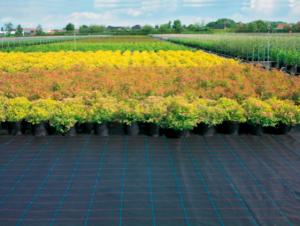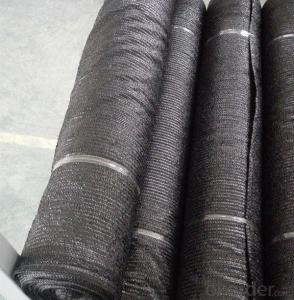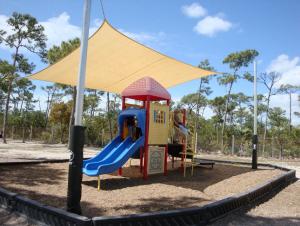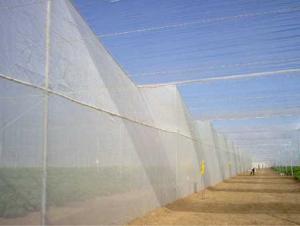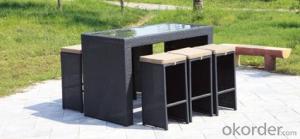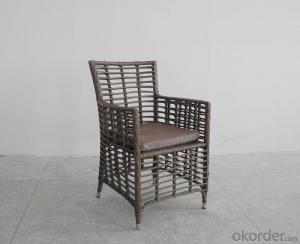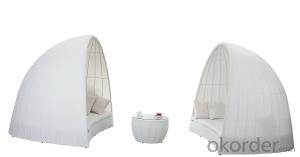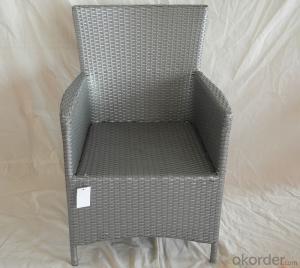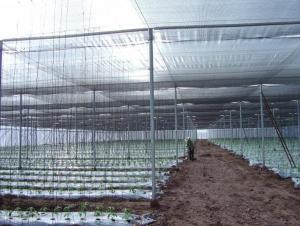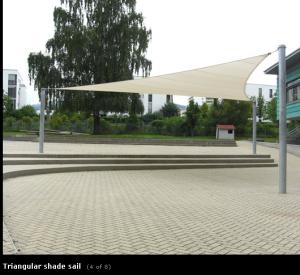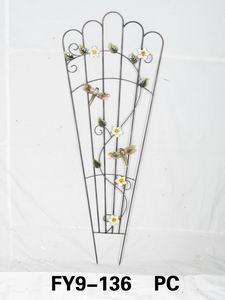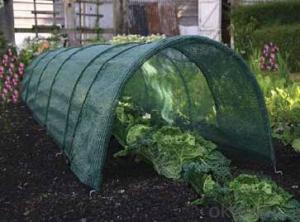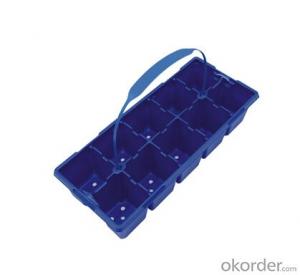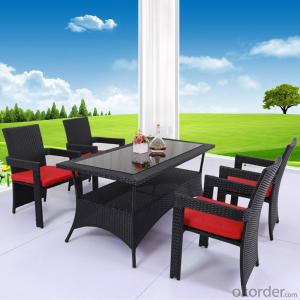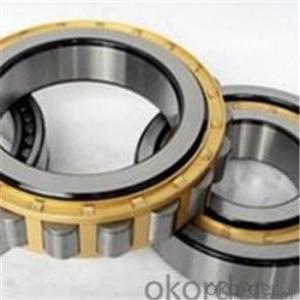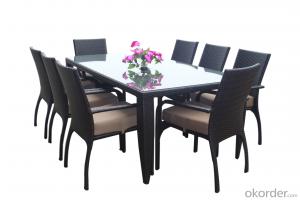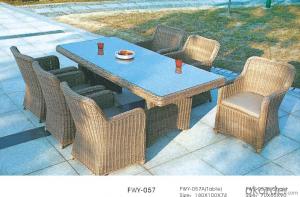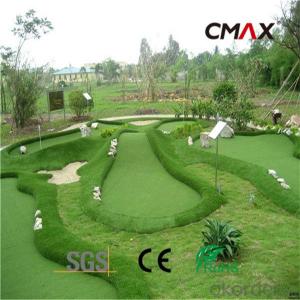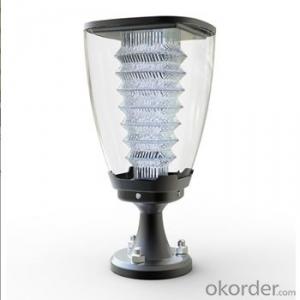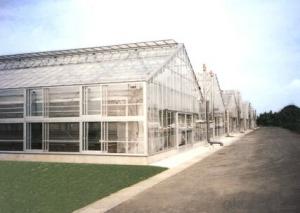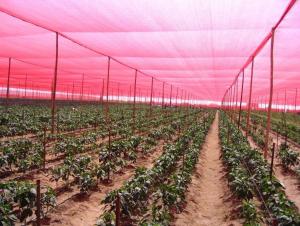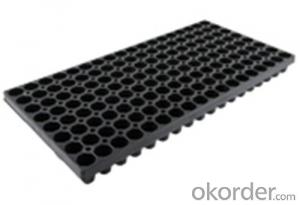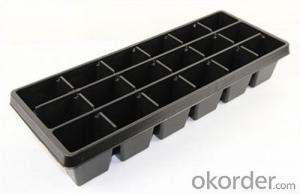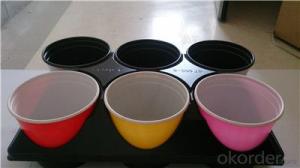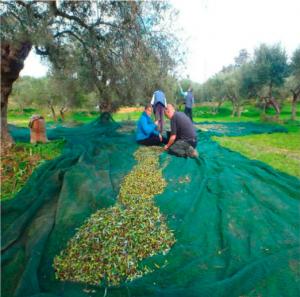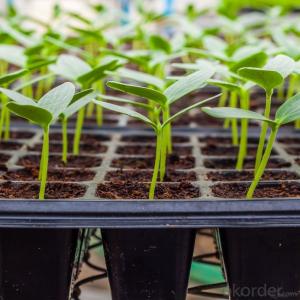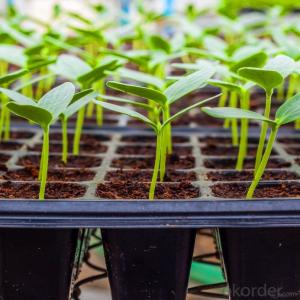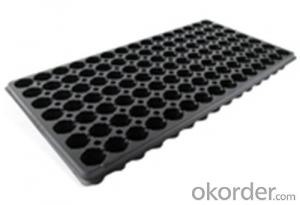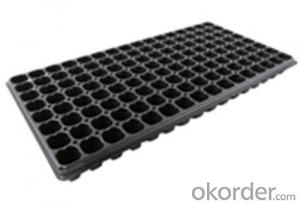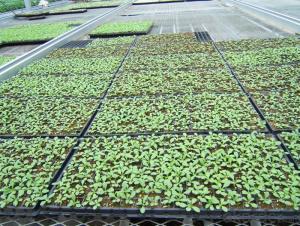Garden Greenhouse Nj
Garden Greenhouse Nj Related Searches
Shade For Solar Inverter Aluminum Greenhouse Kits Waterproof Shade Cloth Plastic Greenhouse Uk Used Greenhouse Metal Greenhouse Greenhouse Shading Fabric Greenhouse Garden Center Agricultural Mulch Film Second Hand Sun LoungersHot Searches
Stainless Steel Supply Near Me Steel Girder Cost Stainless Steel Tubing Near Me Stainless Steel Welder Near Me Stainless Steel Shop Near Me Stainless Steel Welders Near Me Stainless Steel Near Me Lasani Wood Sheet Price Garden Slabs Sale Garden Bench Sale Garden Supply Company Catalog Local Garden Supply Stores Buy Wood Screws Heated Wood Floors Cost Wood Trim Suppliers Garden Decorations For Sale Garden Awnings For Sale Esd Mat Price Garden Slabs Sale Garden Bench SaleGarden Greenhouse Nj Supplier & Manufacturer from China
Okorder.com is a professional Garden Greenhouse Nj supplier & manufacturer, offers integrated one-stop services including real-time quoting and online cargo tracking. We are funded by CNBM Group, a Fortune 500 enterprise and the largest Garden Greenhouse Nj firm in China.Hot Products
FAQ
- The number of plants that can fit in a nursery tray depends on the size of the tray and the spacing requirements of the specific plants being grown.
- is there is any graph which shows phase transformation of plastic after heating then cooling.
- confusing issue. browse with search engines like google. that could actually help!
- Ground cover can affect the pH of the soil by acting as a buffer, helping to maintain a more stable pH level. Plants with dense and extensive root systems can release organic acids into the soil, which can lower the pH. On the other hand, certain ground covers, like legumes, have the ability to fix nitrogen from the air and release it into the soil, which can increase pH levels. Ultimately, the specific type of ground cover and its interaction with the soil will determine the impact on soil pH.
- One way to prevent ground cover from overwhelming small flowering plants is by regularly maintaining and controlling the growth of the ground cover. This can be done by pruning, trimming, or selectively removing the ground cover around the small flowering plants to allow them enough space and light to thrive. Additionally, creating physical barriers like edging or installing a root barrier can help restrict the spread of ground cover and prevent it from smothering the smaller plants.
- Agricultural plastic products aid in seed germination by providing a controlled environment that promotes optimal conditions for seed growth. These products, such as plastic mulch films or seedling trays, help retain soil moisture, regulate soil temperature, and protect seeds from pests and diseases. By creating a favorable microclimate, agricultural plastic products enhance germination rates and improve overall seedling health, leading to successful crop production.
- Plastic livestock water troughs are commonly used in agriculture to provide a constant and reliable water source for livestock such as cattle, horses, or sheep. These troughs are durable, easy to clean, and resistant to corrosion, making them ideal for outdoor use in various weather conditions. They can be connected to a water supply system or filled manually, ensuring that animals have access to fresh water at all times. Additionally, plastic troughs are often designed with features like float valves or ballcocks to automatically regulate the water level, preventing overflow and wastage. Overall, these troughs play a crucial role in maintaining the health and well-being of livestock, promoting efficient hydration and supporting optimal growth and productivity.
- Yes, ground cover can indeed be used to create a natural habitat for beneficial insects. Ground cover plants provide shelter, food sources, and nesting sites for a variety of beneficial insects such as bees, butterflies, ladybugs, and lacewings. By selecting appropriate plants that attract and support these insects, we can create a thriving ecosystem that helps control pests, pollinate plants, and enhance biodiversity in our gardens or landscapes.

